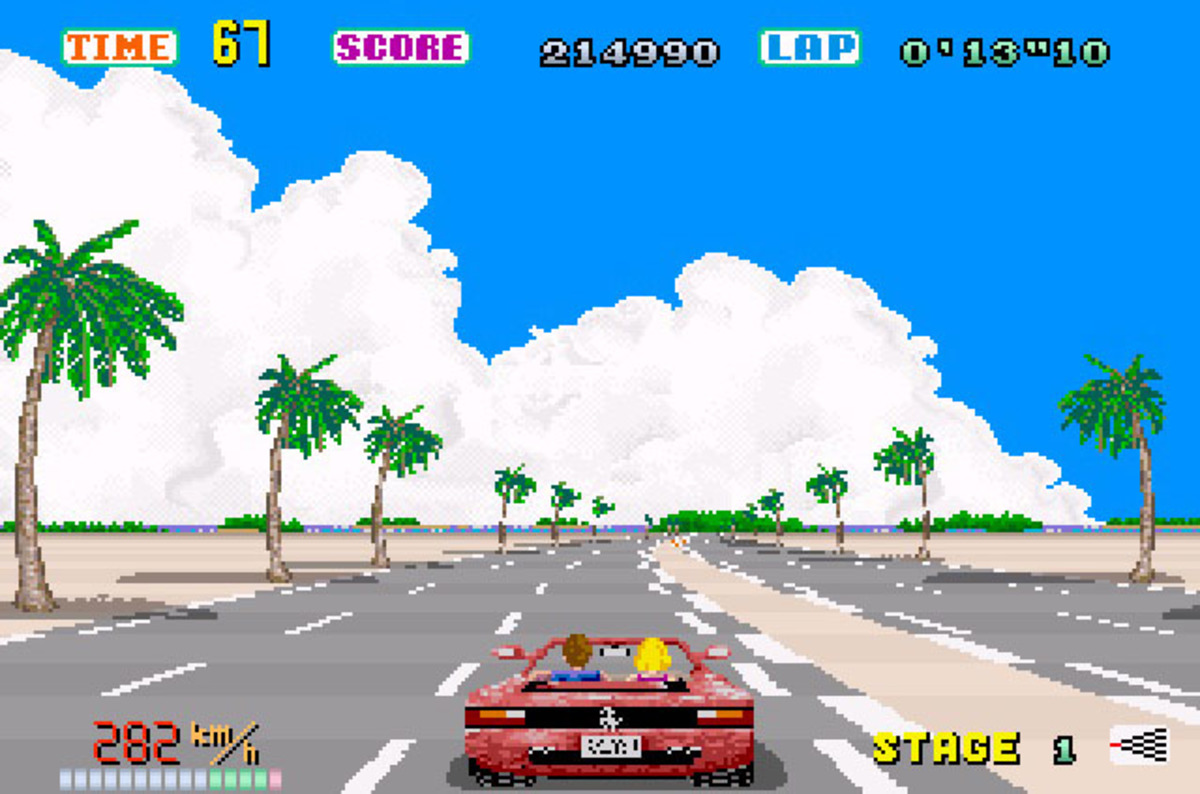
Yu Suzuki
Yu Suzuki is a programmer who worked in Sega's AM2 division and pioneered 3D effects in games, especially in early arcade hits.
Suzuki started with AM2 in 1983, with his first project being Champion Boxing for the SG-1000 home game console. Soon, he was moved to arcade development where he worked on the first major 3D-focused work of his career, the motorcycle game Hang-On. The game featured a road scrolling and scaling effect that appeared much more advanced than what most games were capable of at the time. Additionally, the game cabinet included a fake motorcylce that players would ride on to control the game. Suzuki was inspired by his own experiences riding motorcylces, and recreating real-life experiences would become a recurring trend in his development career.
In the mid-to-late eighties, Suzuki worked on many games that contninued to improve on this 3D "Super Scaler" technology:
- Space Harrier
- Enduro Racer
- Out Run
- Super Hang-On
- After Burner II
In 1992, Suzuki continued to expand on the concept of 3D games with Sega's first polygon-based 3D game: Virtua Racing. Although it was not the first racing game using polygons at the time, this game's visuals vastly outperformed those of the competition. He furthered the field of 3D arcade games with Virtua Fighter: the very first arcade fighting game to use polygon graphics, and possibly the first polygonal representation of humans in arcade games.
In 1999, Suzuki directed and produced the game Shenmue for Sega's Dreamcast console. The game featured in-engine 3D cinematic cutscenes, voice acting, open world exploration, and motion-captured fighting moves. Though it was considered a commercial failure, the game is considered a major milestone in terms of video game presentation and storytelling. Yu Suzuki is currently working on the third installment in the Shenmue series, which was crowdfunded via Kickstarter.

SegaRetro.org has a good article covering the legendary career of Yu Suzuki.